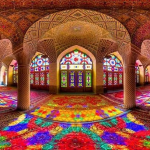The Panjshir Valley, nestled in the northeastern part of Afghanistan, is an incredibly beautiful region known for its immaculate landscapes and deep historical roots. This narrow, mountainous gorge stretches about 100 kilometres and is surrounded by the daunting Hindu Kush mountains. Its strategic location has made it a significant area throughout history, often serving as a natural fortress against various invaders.
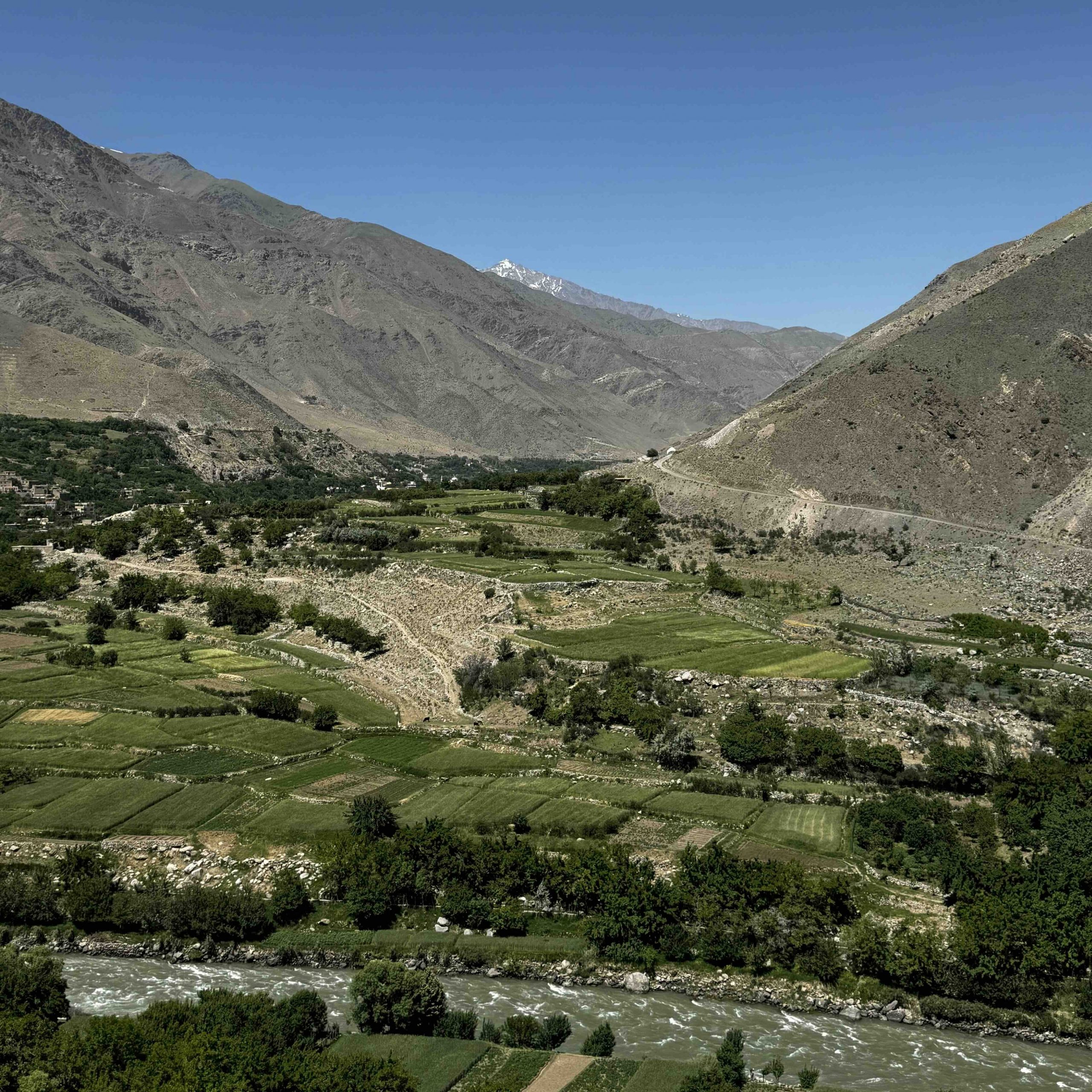
Table of Contents
The History of Panjshir Valley – Earliest Record to the Soviet-Afghan War
In the 1st century AD, it was already noted for its valuable gemstones such as emeralds, the famous Lapis Lazuli, aquamarine, turquoise and more. During the Middle Ages, the valley became famous for its silver mining, with local rulers like the Saffarids and Samanids minting coins from the precious metals found in the region. This wealth laid the foundation for trade and commerce, making Panjshir an important player in the local economy. It is also known as having some of the most fertile land for agricultural development.


The Panjshir Valley was respected by many leaders and rulers of Afghanistan for its strength. Ahmad Shah Durrani, often referred to as the father of modern Afghanistan, played a crucial role in shaping the valley’s history. In the mid-18th century, he established the Durrani Empire and recognized the Panjshir Valley’s importance. His leadership helped unify Afghanistan, making the valley an integral part of the emerging nation.
In the 20th century, the Panjshir Valley emerged as a symbol of resistance against foreign powers. During the Soviet-Afghan War (1979-1989), the valley became a stronghold for the Mujahideen, especially under the leadership of Ahmad Shah Massoud, known by many as the Lion of Panjshir.
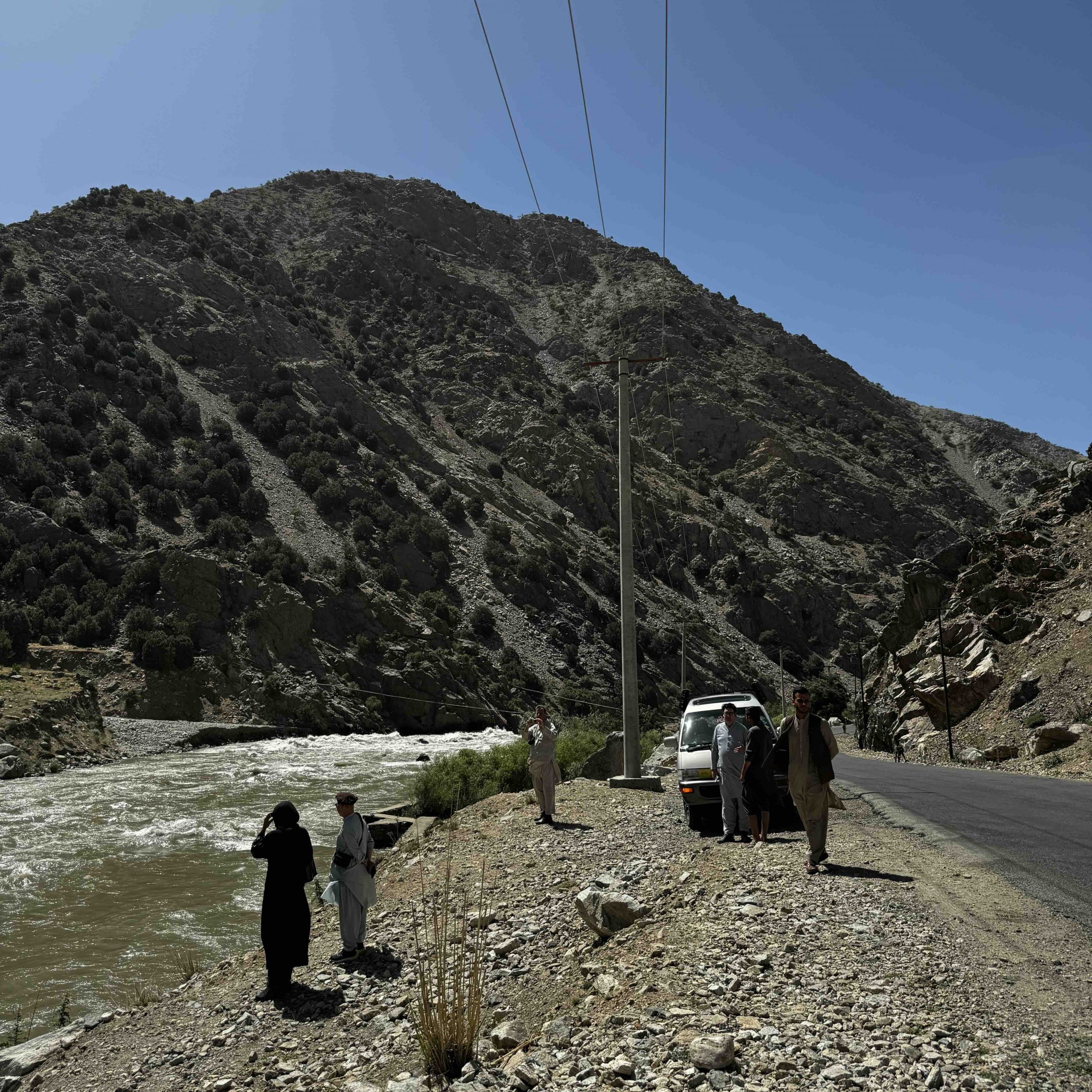
The Lion of Panjshir
Ahmed Shah Massoud was known as a charismatic military leader known for his strategic brilliance and strong moral compass. He was able to unite many people from the Panjshir Valley to work towards a common goal – defending the Panjshir from the Soviet Union forces.
The rugged terrain of the valley allowed the Mujahideen to employ guerrilla warfare tactics, turning their knowledge of the land into a powerful advantage against a technologically superior enemy. They managed to turn the Panjshir valley into an impenetrable region where Soviet tanks ‘went to die’.
During The Civil War And The First Taliban Rule
After the Soviet Union’s withdrawal, Afghanistan plunged into a civil war, with various factions battling for control. The Panjshir Valley remained a bastion of resistance against the Taliban, who rose to power in the mid-1990s. Under the leadership of Ahmad Shah Masood the valley continued to resist Taliban advances.
During the Taliban’s initial rule from 1996 to 2001, the Panjshir Valley stood out as one of the few areas that remained free from their control. This resistance continued until the U.S.-led invasion in 2001, which aimed to dismantle the Taliban regime and combat Al-Qaeda.
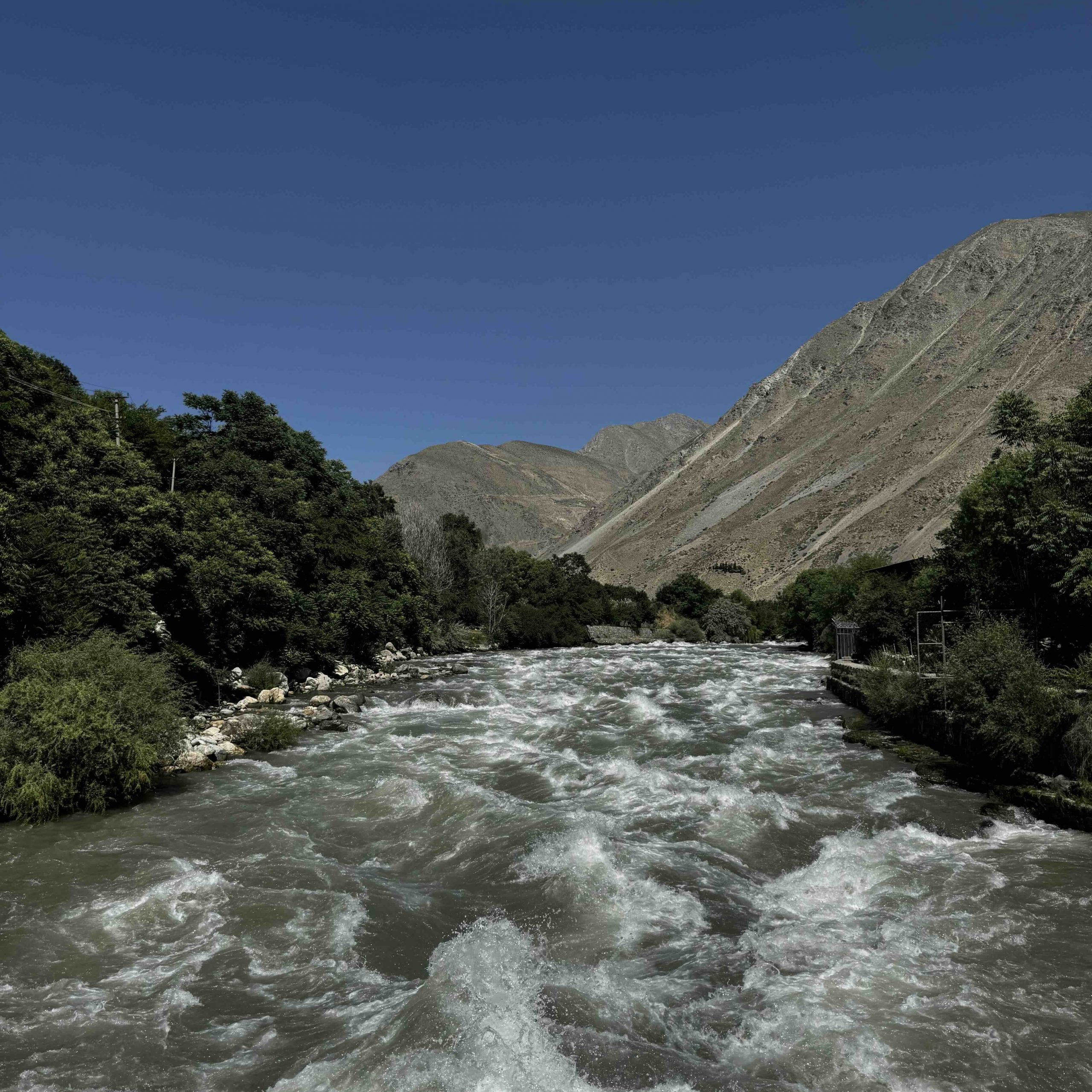
Post 2001
With the fall of the Taliban in 2001, the Panjshir Valley entered a new era. Sadly, Ahmad Shah Masood was assassinated just days before the attacks on September 11, leading to a power struggle among various factions. The valley was integrated into the new Afghan government, which sought to rebuild and promote development in the region. Without the Lion of Panjsheer, the valley never recovered to the unity it had under Masoud’s control.
The valley faced ongoing violence from Taliban insurgents and the complex task of uniting various ethnic groups within a fractured Afghan state. The strategic significance of the Panjshir Valley continued to attract political attention, as it remained a potential center of resistance and influence.
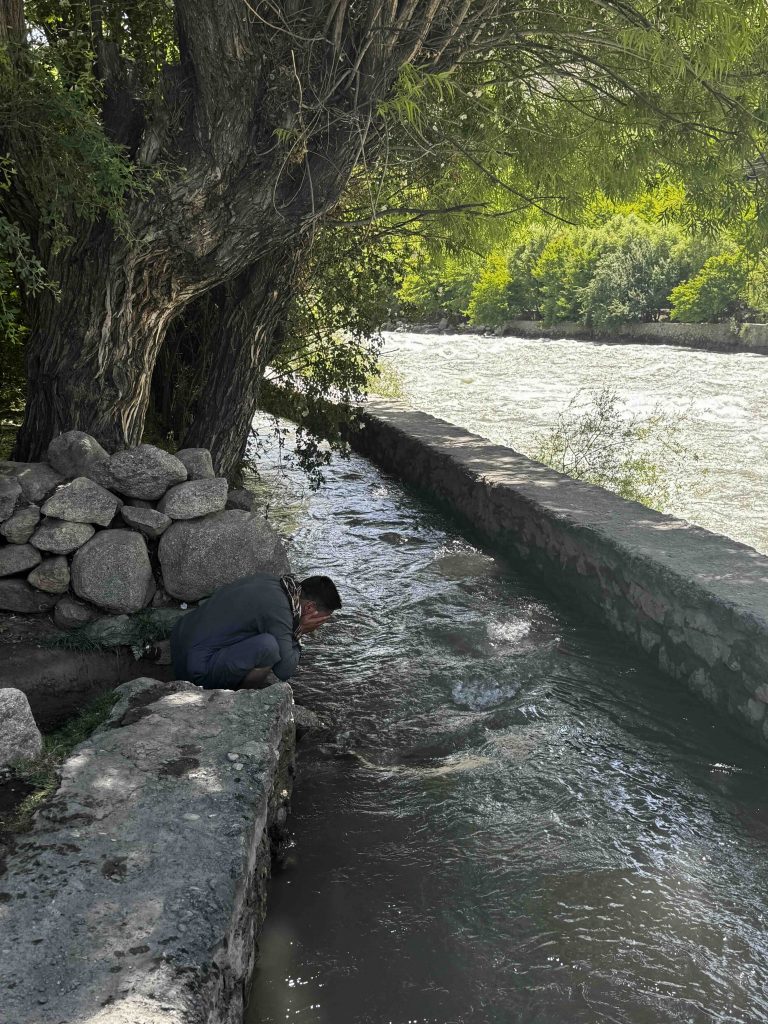
Taliban Resurgence
In the latter half of the 2010s, the Taliban made a comeback, reigniting conflict in the Panjshir Valley. They recognized the valley’s historical significance and strategic value, leading to renewed attempts to seize control. In 2021, as the Taliban swiftly advanced across Afghanistan, the Panjshir Valley again became a focal point for resistance.
Panjshir Today and Tomorrow
As of 2025, the Panjshir Valley remains of its rich natural resources, including the potential for emerald mining, and could attract future investment and interest. However, the region’s stability remains fragile, influenced by ongoing political developments in Afghanistan and the broader geopolitical landscape.
The Panjshir Valley’s history is a fascinating blend of strategic significance, rich resources, and a legacy of resistance against foreign powers. From ancient trade routes to modern-day struggles for autonomy, the valley continues to play a pivotal role in shaping Afghanistan’s story. Its future may be uncertain, but its spirit of resilience endures, making it a remarkable part of Afghanistan’s cultural and historical landscape.

Today it is possible to travel to the Panjshir Valley – although many permissions and even a Taliban escort is often required. You can get in touch with us to learn more.





